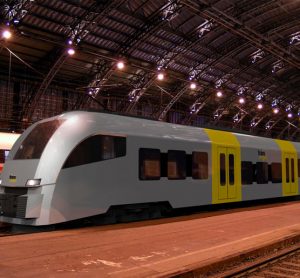Driving DB forward with superior rolling stock
6 June 2007 | By Joachim Mayer, Head of Rolling Stock, Technology & Procurement, Deutsche Bahn AG
Deutsche Bahn AG's €30 billion core business consists of mobility services around railway transportation as well as a worldwide network of logistics in freight including rail business in Europe. In addition, DB operates a network of approximately 35,000 track-kms and offers further services such as station management, heavy maintenance and…





